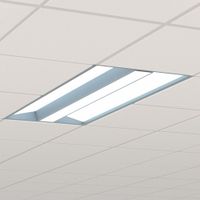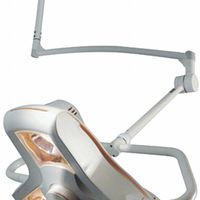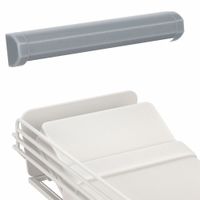Healthcare lighting in medical settings offers numerous benefits that enhance both patient care and staff efficiency. Firstly, it improves patient outcomes by supporting circadian rhythms, which can lead to better sleep patterns, reduced stress, and faster recovery times. Proper lighting can also alleviate symptoms of depression and anxiety, contributing to overall mental well-being.
For healthcare professionals, optimal lighting conditions reduce eye strain and fatigue, improving concentration and accuracy in tasks such as reading charts or performing surgeries. This can lead to fewer errors and increased productivity. Additionally, adjustable lighting systems allow for customization based on specific tasks or times of day, further enhancing staff performance.
In terms of infection control, certain lighting technologies, like UV-C lighting, can help reduce the spread of pathogens by disinfecting surfaces and air, thus contributing to a safer environment for both patients and staff.
Energy-efficient lighting solutions, such as LED lights, offer cost savings and environmental benefits by reducing energy consumption and maintenance costs. These systems often have longer lifespans and require less frequent replacement, which is economically advantageous for healthcare facilities.
Moreover, well-designed lighting can improve the aesthetic appeal of medical settings, creating a more welcoming and comforting environment for patients and visitors. This can enhance patient satisfaction and potentially improve the reputation of the healthcare facility.
In summary, healthcare lighting plays a crucial role in improving patient health outcomes, enhancing staff performance, ensuring safety, reducing operational costs, and creating a positive environment in medical settings.




